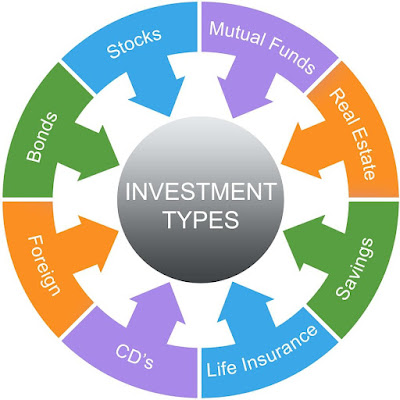The Power of Savings: Why and How to Save Money
Saving money is a crucial financial habit that provides security, peace of mind, and the ability to achieve future goals. Whether you're saving for emergencies, a dream vacation, or long-term wealth, adopting smart saving strategies can transform your financial health.
Why Should You Save Money?
-
Financial Security – Savings act as a financial cushion during unexpected situations like medical emergencies, job loss, or sudden expenses.
-
Achieving Goals – Whether it's buying a home, purchasing a car, or funding education, savings help in reaching these financial milestones.
-
Retirement Planning – Investing in retirement savings ensures a comfortable life after retirement.
-
Avoiding Debt – Having savings prevents the need to take loans or rely on credit cards during financial crises.
Effective Ways to Save Money
-
Set a Budget – Track income and expenses to allocate a portion of earnings towards savings.
-
Use the 50/30/20 Rule – Spend 50% on needs, 30% on wants, and save 20% of your income.
-
Open a Savings Account – A high-interest savings account helps grow your money over time.
-
Automate Savings – Set up automatic transfers to your savings account to ensure consistency.
-
Cut Unnecessary Expenses – Reduce spending on non-essential items like dining out, subscriptions, and impulse shopping.
-
Invest Wisely – Consider investing in mutual funds, fixed deposits, or stocks to grow your wealth.
Best Savings Accounts in India (2025)
Here are some top banks offering high-interest savings accounts:
| Bank Name | Interest Rate (p.a.) |
|---|---|
| SBI | 2.70% – 3.50% |
| HDFC Bank | 3.00% – 3.50% |
| ICICI Bank | 3.00% – 3.50% |
| Bank of Maharashtra | 2.75% – 3.50% |
| Axis Bank | 3.00% – 3.50% |
Final Thoughts
Savings is not just about keeping money aside; it’s about securing your financial future. Start today by setting small goals, being consistent, and making smart financial decisions. Your future self will thank you!


.jpg)



.jpg)
